Leading market players are investing heavily in research and development in order to expand their product lines, which will help the Sustainable Fabrics Market, grow even more. Market participants are also undertaking a variety of strategic activities to expand their footprint, with important market developments including new product launches, contractual agreements, mergers and acquisitions, higher investments, and collaboration with other organizations. To expand and survive in a more competitive and rising market climate, Sustainable Fabrics industry must offer cost-effective items.
Manufacturing locally to minimize operational costs is one of the key business tactics used by manufacturers in the Sustainable Fabrics industry to benefit clients and increase the market sector. In recent years, the Sustainable Fabrics industry has offered some of the most significant advantages to medicine. Major players in the Sustainable Fabrics Market, including Grasim, Vivify Textiles, Foss Performance Materials, Teijin Limited, US Fibers, Pure Waste Textiles Ltd, Polyfibre Industries, Wellman, Advanced Materials, Textil Santanderina, and Pilipinas Ecofiber Corp, are attempting to increase market demand by investing in research and development operations.
A division of the Aditya Birla Group, Grasim Industries Ltd. (Grasim) is a producer, distributor, and marketer of building supplies. The business portfolio of the corporation includes viscose, cement, chemicals, and textiles. A broad variety of items are available from it, including grey cement, white cement, viscose staple fiber, yarn, pulp, caustic soda, related chemicals, epoxy, linen, and wool. Through a network of upscale showrooms, distributors, and multi-brand stores, Grasim sells its textile products. In Sweden, China, India, Sri Lanka, Canada, the Middle East, and Bangladesh, the corporation has production facilities, joint ventures, and subsidiaries.
In Mumbai, Maharashtra, India, Grasim has its headquarters.
Teijin Ltd. (Teijin) is a technology-focused holding corporation that provides solutions in the fields of healthcare, environment and energy, information and electronics, and safety and protection. It produces and sells aramid fiber, carbon fiber goods, synthetic fiber, films, polyester films, resin products, chemical products, IT products, medications, and water purification systems. It also creates and distributes IT products. The business sells medications for the treatment of conditions such as respiratory, cardiovascular, metabolic, and other illnesses as well as ailments of the bones and joints. Devices for home oxygen therapy and those connected to sleep disordered breathing are also available.
Teijin has operations in Asia, Europe, America, and Japan. The business offers its goods across Europe, the Americas, and Asia. Tokyo, Japan is home to Teijin's headquarters. Teijin Limited and Fuji Design Co., Ltd., a Japanese corporation building a corporate structure to create, supply, and market items created from recycled carbon fibers using a low environmental impact technology, reached an agreement to collaborate on business matters in February 2022.
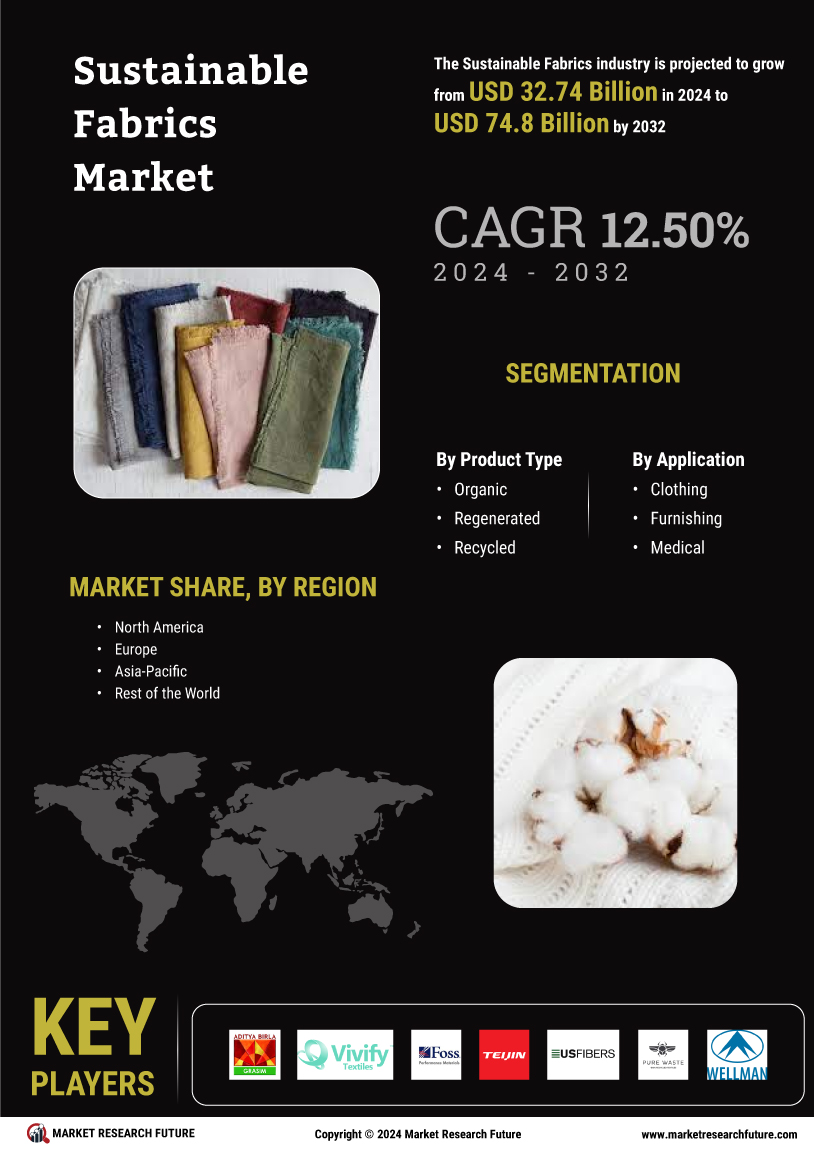


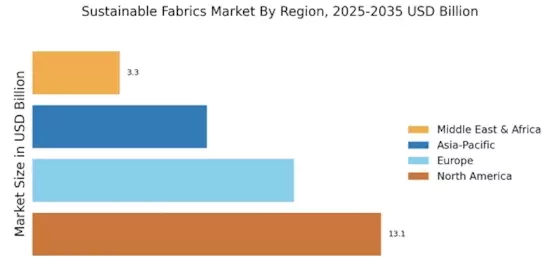

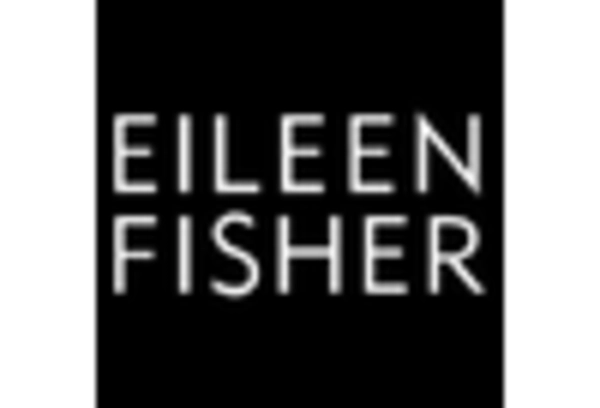
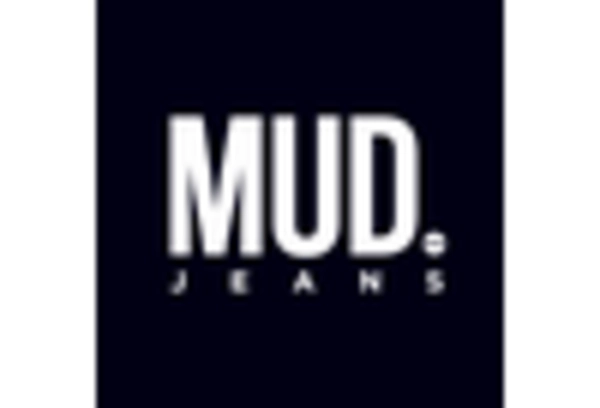

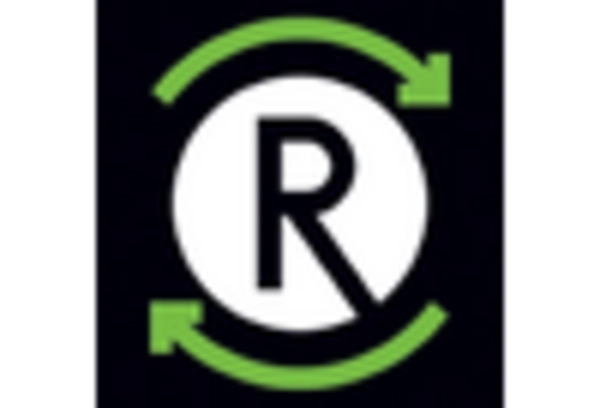
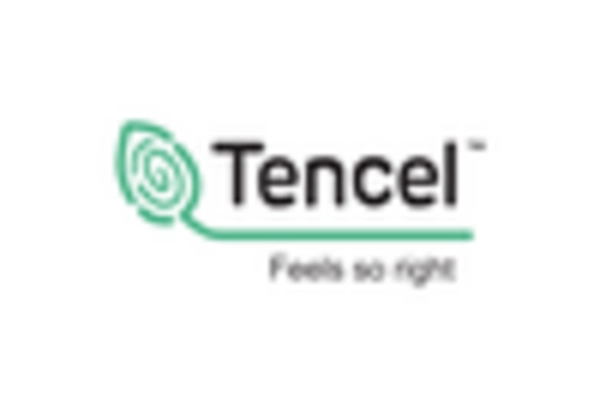








Leave a Comment